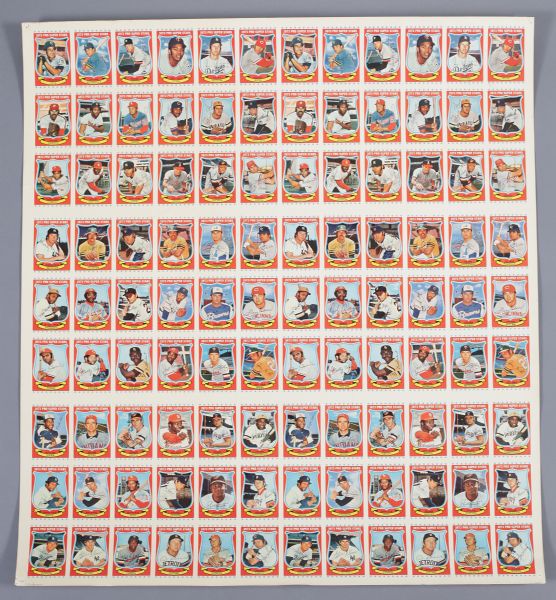I really like a lot of things about the 75-card set. What I don't like is that one is more likely to get a common player out of the cereal box.
#75 Don Mincher - The 1968 Expansion Draft is mentioned as being on October 15, 1968. It doesn't mention that he was the first selection of the Pilots. The NL draft was held on October 14th. This surprised me since it seemed like the season might still be going. The last game of the World Series that year was on October 10th. No time was wasted in getting to the draft. Can you name the other three teams in this draft?
Mincher played one season for Seattle before being traded by the Brewers before the 1970 season. His number of games played on this card doesn't match what is on baseball-reference.com. That could be an error or a result of research done. I should check a Topps card to see what it shows.
UPDATE - Both the 1970 Topps and 1970 O-Pee-Chee cards list his games played as 140. I checked out all of my cards and all list the games played as 139. I guess it is uncorrected, but I will keep looking. One of my cards came from a six-card pack that I opened.
#73 Denny McLain - here's a hobby that probably ins't mentioned much - organ. It turns out that he created a few records in the off-season. Since Lou Boudreau was a Cub announcer for a long time, I already knew that Denny was his son-in-law. They should have mentioned that McLain was the 1968 AL MVP 20 years after Boudreau won the same award.
Normally McLain is mentioned as MLB's last 30-game winner, but since it was still fairly recent (1968), the card mentions it without the fanfare.

















































